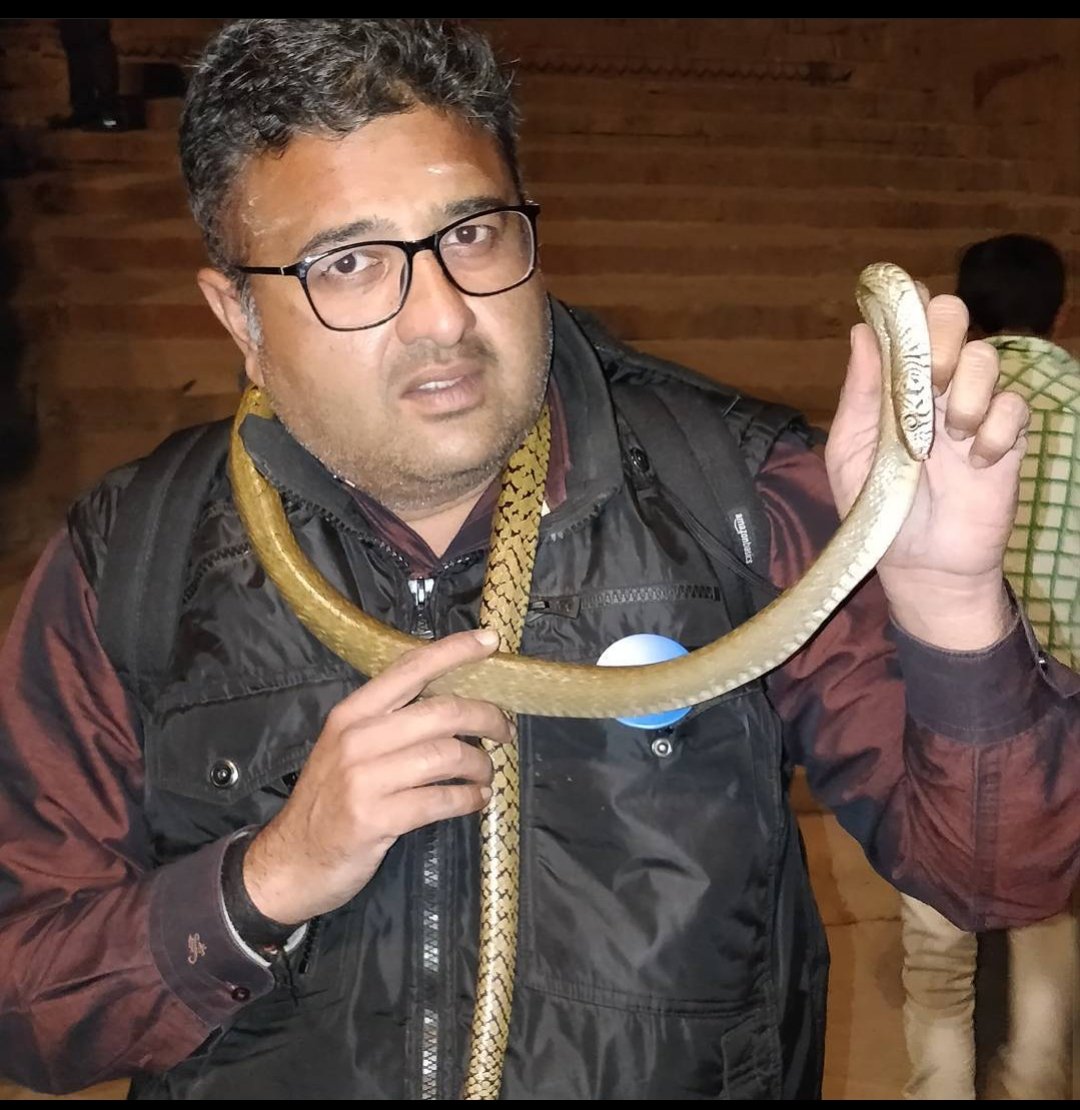World’s oldest Baital temple and Kapalik Tantra Rituals at the Baital Temple of Bhubaneswar.
The Baital Temple, also known as Vaital Deul, is an ancient temple located in Bhubaneswar, the capital city of Odisha, India. It is one of the oldest and most mysterious temples in the region, dating back to the 8th century CE. The temple is dedicated to Goddess Chamunda, a fierce form of Shakti, and is associated with the Kapalik sect of Shaivism.
Who were the Kapaliks?
The Kapaliks, meaning “skull-bearers”, were a radical branch of tantric practitioners who followed an unconventional and controversial path to liberation. They believed in breaking all social and moral norms, and indulging in taboo practices such as drinking alcohol, eating meat, and engaging in sexual rites. They also used human skulls as their ritual implements, such as bowls, cups, and staffs. They worshipped fierce deities, such as Bhairava and Chamunda, and performed rituals involving blood, flesh, and bones.
The Kapaliks were often feared and despised by the mainstream society, and were considered as outcasts and criminals. They were also persecuted by some rulers and religious authorities, who saw them as a threat to the social order and morality. However, the Kapaliks also had some admirers and patrons, who respected their devotion and power. Some kings and nobles even participated in their rituals, hoping to gain boons and blessings from the fierce goddesses.
What were the Kapalik rituals at the Baital Temple?
The Baital Temple is believed to be one of the main hubs of Kapalik tantra rituals in Odisha. The temple’s architecture, iconography, and symbolism reflect the Kapalik beliefs and practices. The temple has a unique shape, resembling a thatched hut or a ship’s hull, which is characteristic of the Khakhara style of temple architecture. The temple’s spire, or shikhara, has three tiers, representing the three Shaktis of Chamunda: Kali, Tara, and Chinnamasta. The temple’s walls are adorned with intricate carvings depicting various deities, mythical creatures, and scenes from tantric rituals. The most prominent image is that of Chamunda, who is depicted as a terrifying goddess with a skeletal body, a garland of skulls, and a severed head in her hand. She is surrounded by other fierce deities, such as Bhairava, Durga, and Kali, as well as animals, such as lions, elephants, and snakes.
The temple’s sanctum, or garbhagriha, is extremely dark and gloomy, creating an appropriate atmosphere for the Kapalik rituals. The sanctum has various images installed around its walls, such as Ganesha, Kartikeya, Surya, and Vishnu. However, the main image is that of a large eight-armed Chamunda, who is seated on a corpse and holds various weapons and a skull-cup in her hands. She is flanked by two female attendants, who are also holding skulls and severed heads. The image of Chamunda is considered as the presiding deity of the temple, and is also known as Kapalini, meaning “the skull-wielder”.
The exact nature and details of the Kapalik rituals performed at the Baital Temple are not known, as they were kept secret and esoteric by the practitioners. However, some clues and hints can be found in the historical and literary sources, as well as the temple’s imagery. According to some accounts, the Kapaliks performed rituals involving human sacrifice, blood offering, and skull worship at the temple. They also invoked the spirit of Vetala, a vampire-like being, who was believed to reside in the temple’s spire. The Kapaliks sought the guidance and assistance of Vetala for their tantric practices, and also offered him blood and flesh as a tribute. The Kapaliks also performed rituals involving sexual union, corpse possession, and meditation on the cremation ground, aiming to transcend the duality of life and death, and attain the supreme state of consciousness.
Why is the Baital Temple important?
The Baital Temple is an important monument that showcases the diversity and complexity of Hinduism and its various sects and traditions. The temple reveals a fascinating and intriguing aspect of the Kapalik sect, which is often misunderstood and misrepresented by the mainstream society. The temple also demonstrates the exquisite craftsmanship and artistic skill of the Kalinga era, which produced some of the finest temples and sculptures in India. The temple also offers a glimpse into the past, and invites us to explore the mystery and mystery of the Kapalik tantra rituals, which are still shrouded in secrecy and mystery.


Average Rating